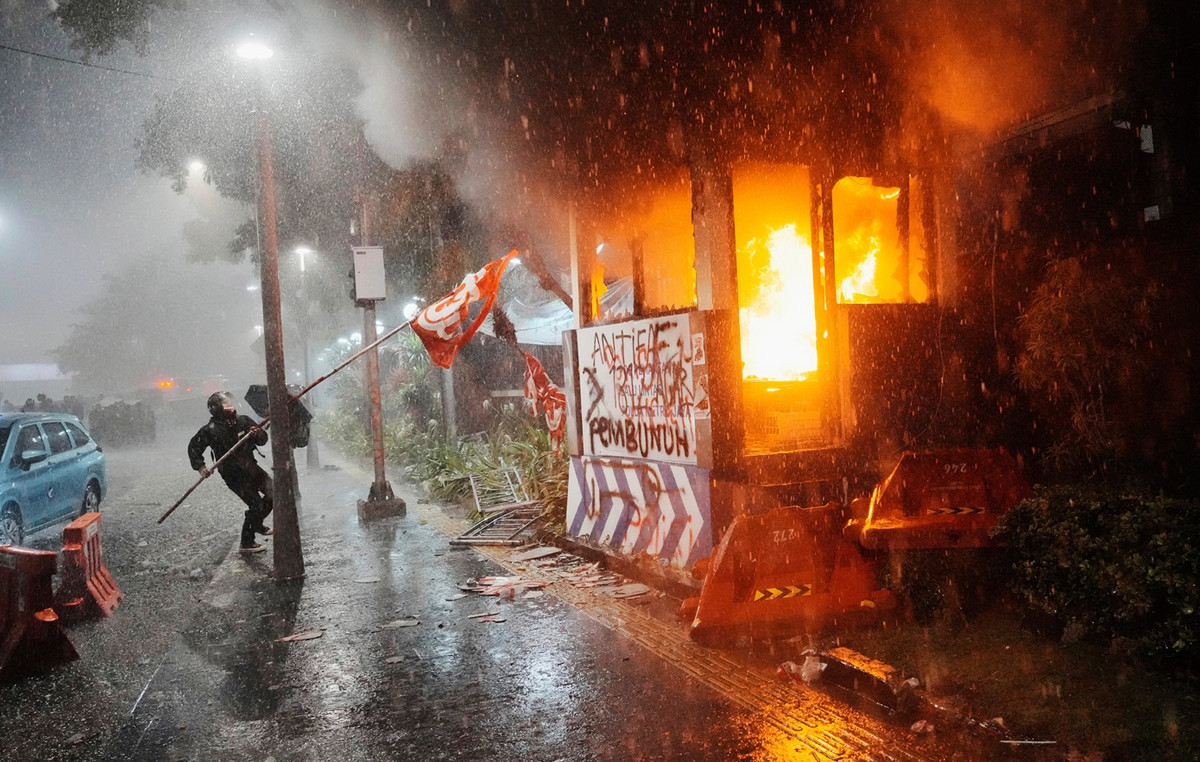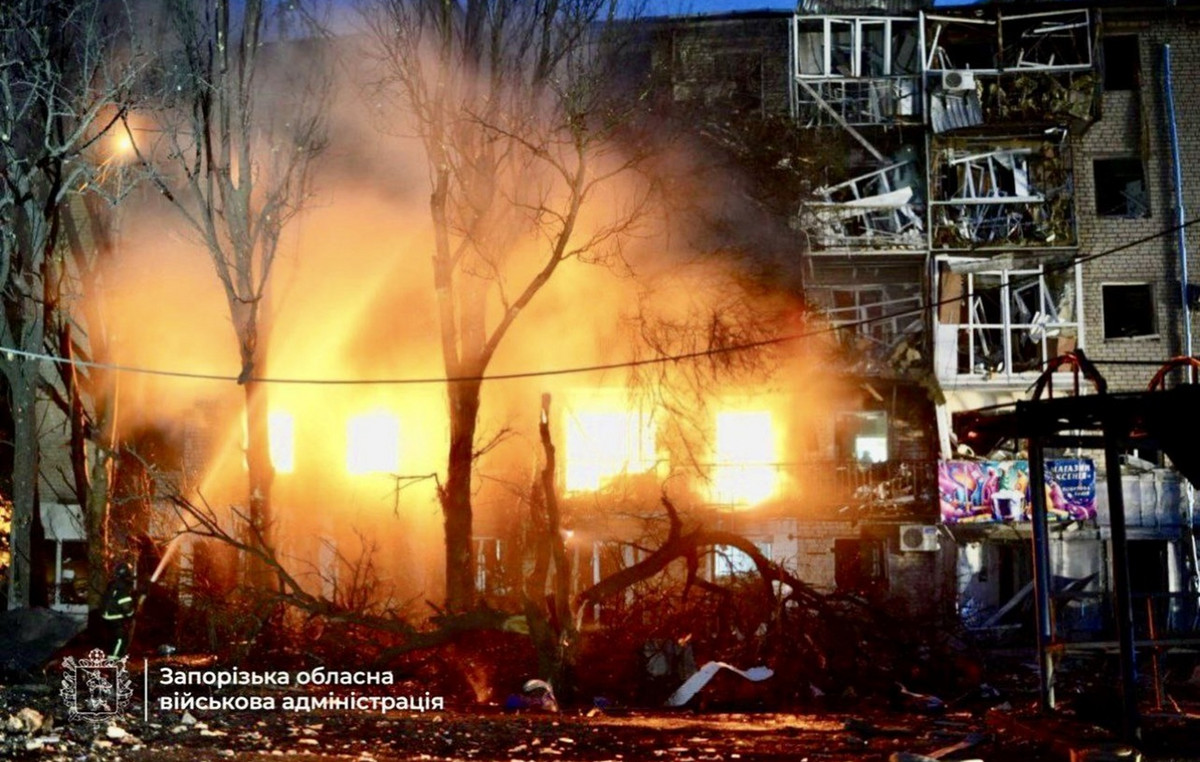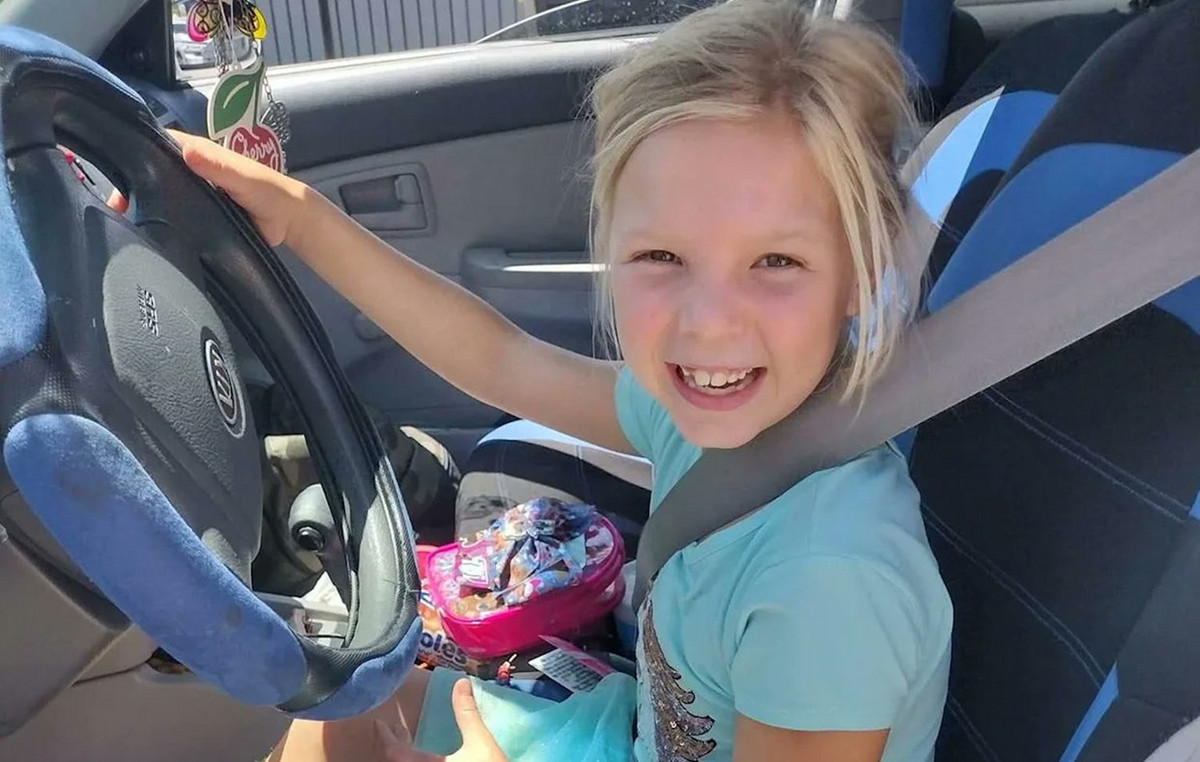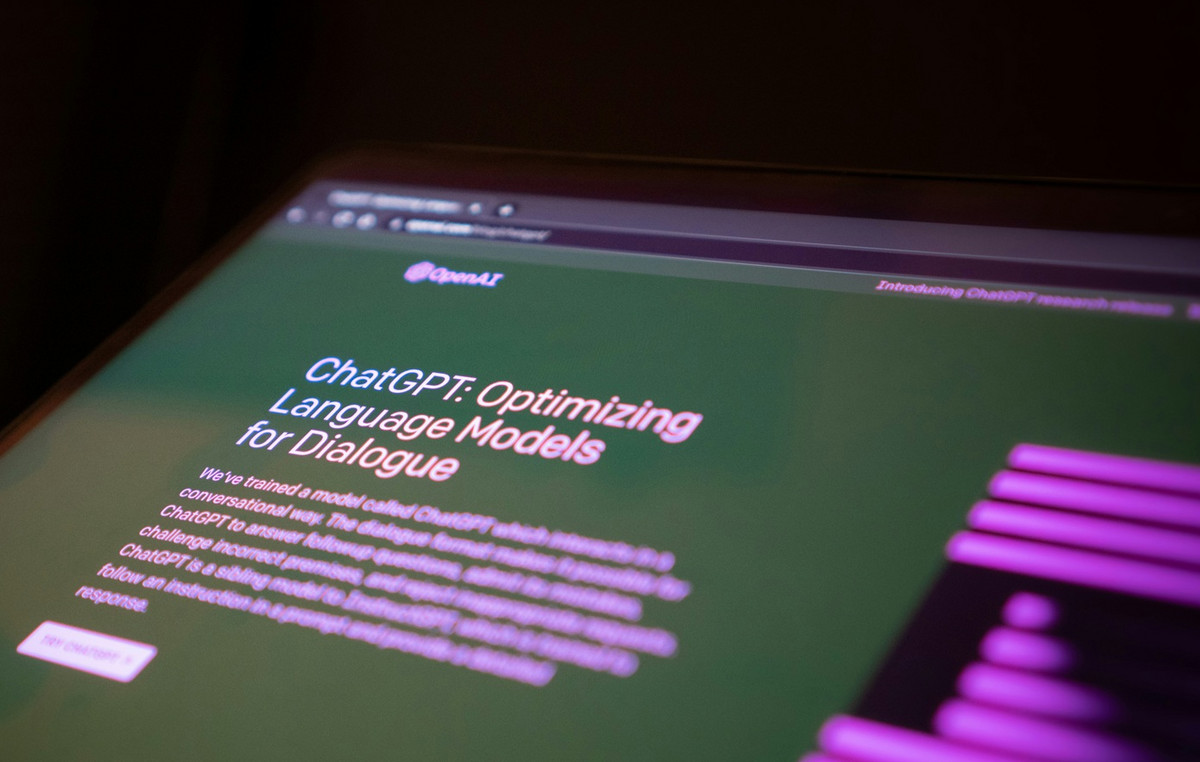Two studies published in pre-print format this Saturday (26) offer further evidence that the coronavirus originated in animals and spread to humans in late 2019 at the Huanan Seafood Market in Wuhan, China. China. The works have not yet been peer-reviewed or published in a professional journal.
One of the studies used geographic analysis to show that the first known cases of Covid-19diagnosed in December 2019, were market-centric.
The researchers also report that environmental samples that tested positive for the virus SARS-CoV-2 were strongly associated with live animal suppliers.
The other study says that the two main viral lineages were the result of at least two events where the virus crossed species in humans. The first transmission likely took place in late November or early December 2019, the researchers say, and the other strain was likely introduced weeks after the first event.
Experts have strongly condemned the theory of a laboratory origin of the virus, saying there is no evidence of such origins or a leak. Many of the researchers behind the new studies also participated in a review published last summer that said the pandemic almost certainly originated in an animal, likely in a market for wildlife species.
The new studies take this area of research “to a new level” and are the strongest evidence to date that the pandemic had animal-related (or zoonotic) origins, he told AFP. CNN Michael Worobey, professor and head of ecology and evolutionary biology at the University of Arizona in the United States. Worobey was the lead author of the geographic study and co-author of the other paper.
He called the findings a “victory” over the theory that the pandemic originated in a laboratory. “It’s no longer something that makes sense to imagine it started any other way.”
Worobey likened the initial spread pattern of the coronavirus to fireworks, with the market at the center of it. The explosion started in late 2019, but the pattern completely changed in January or February 2020, the hallmark of a virus “infiltrating the local community”.
The study notes that “Covid-19 cases discovered in December 2019 were geographically distributed close to and centered on the Huanan market, regardless of whether those infected worked there or not, had visited or knowingly had contact with someone who had visited that market in the end. of the year 2019″.
“In addition to these epidemiologically market-linked cases, the overwhelming majority were specifically linked to the western section of the Huanan market, where most live mammal suppliers were located.”
When researchers tested surfaces in the market for the virus’ genetic material, there was a stall with more positives, including in a cage where a researcher had previously seen mammals called raccoon dogs being kept there.
The findings are “as close and as likely as possible to having the virus in an animal,” said Robert Garry, professor of microbiology and immunology at Tulane Medical School.
Garry co-authored the study that found at least two animal transmission events. He notes that the pandemic started with two major viral strains, called A and B, although he says there were likely even more forms of the virus “that failed to establish themselves in humans.”
The B strain is the more common of the two and the only one that had ever been found on the market, but the study says that strain A was also circulating in the area at the beginning of the outbreak.
The virus likely started with at least two transmissions from animals, with a raccoon dog or other mammal serving as an intermediate host before spreading to humans, the study says.
When considered alongside reports of SARS-CoV-2 infection in animals such as big cats, deer and hamsters, this shows that “this is a virus that just doesn’t care where it replicates,” Garry said.
Garry and Worobey say the studies show the urgent need to pay attention to situations in which animals and humans interact on a daily basis. “We need to do a better job of farming and regulating these wild animals,” Garry said, and “invest in infrastructure where viruses spread.”
Worobey also said human surveillance is crucial to preventing future pandemics, adding that experts and authorities must be better at detecting cases of respiratory illness with no clear cause, isolating patients and sequencing the virus. “This is not the last time this has happened,” he said.
Origin of coronavirus: bat and laboratory accident are investigated points
Source: CNN Brasil







